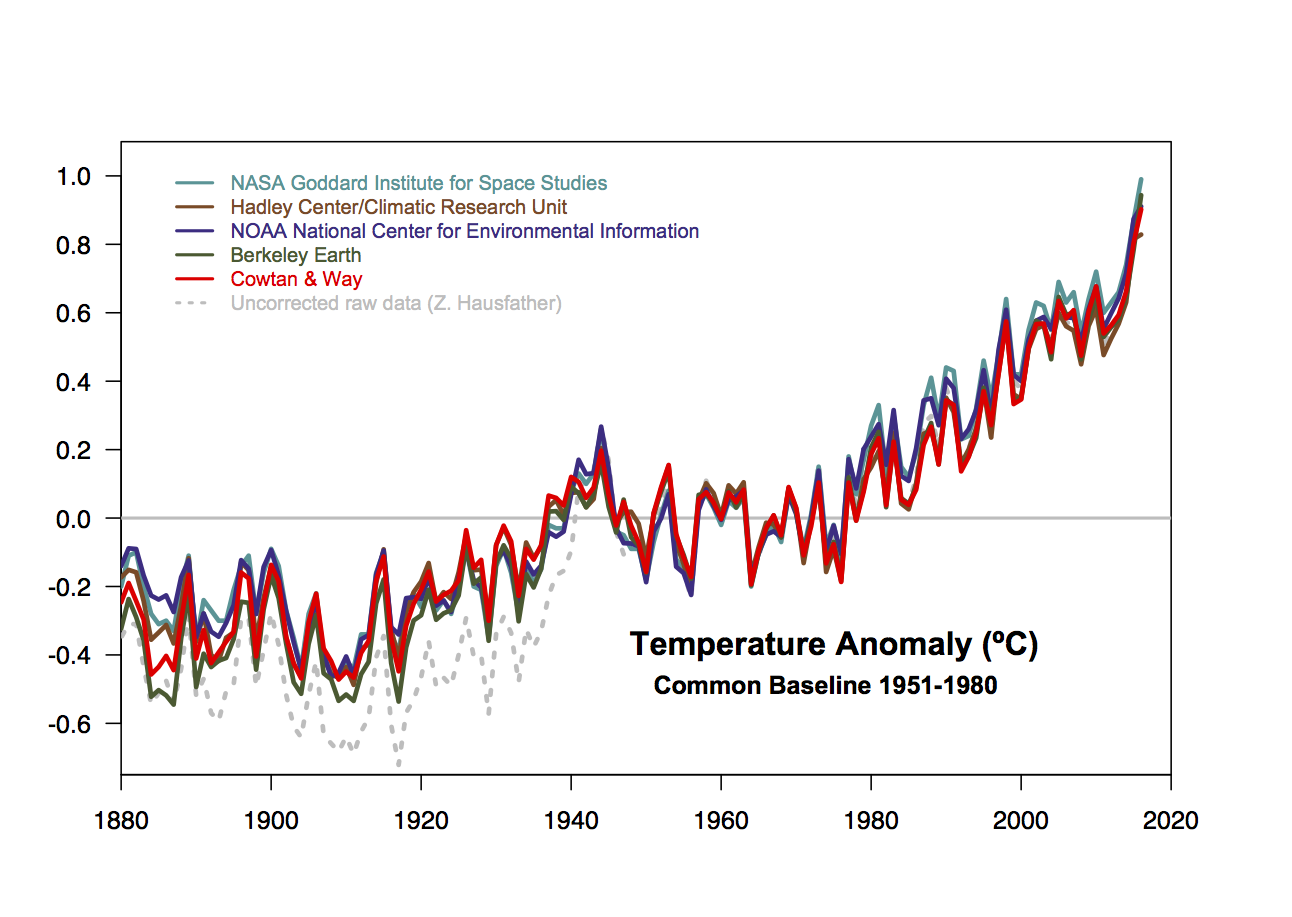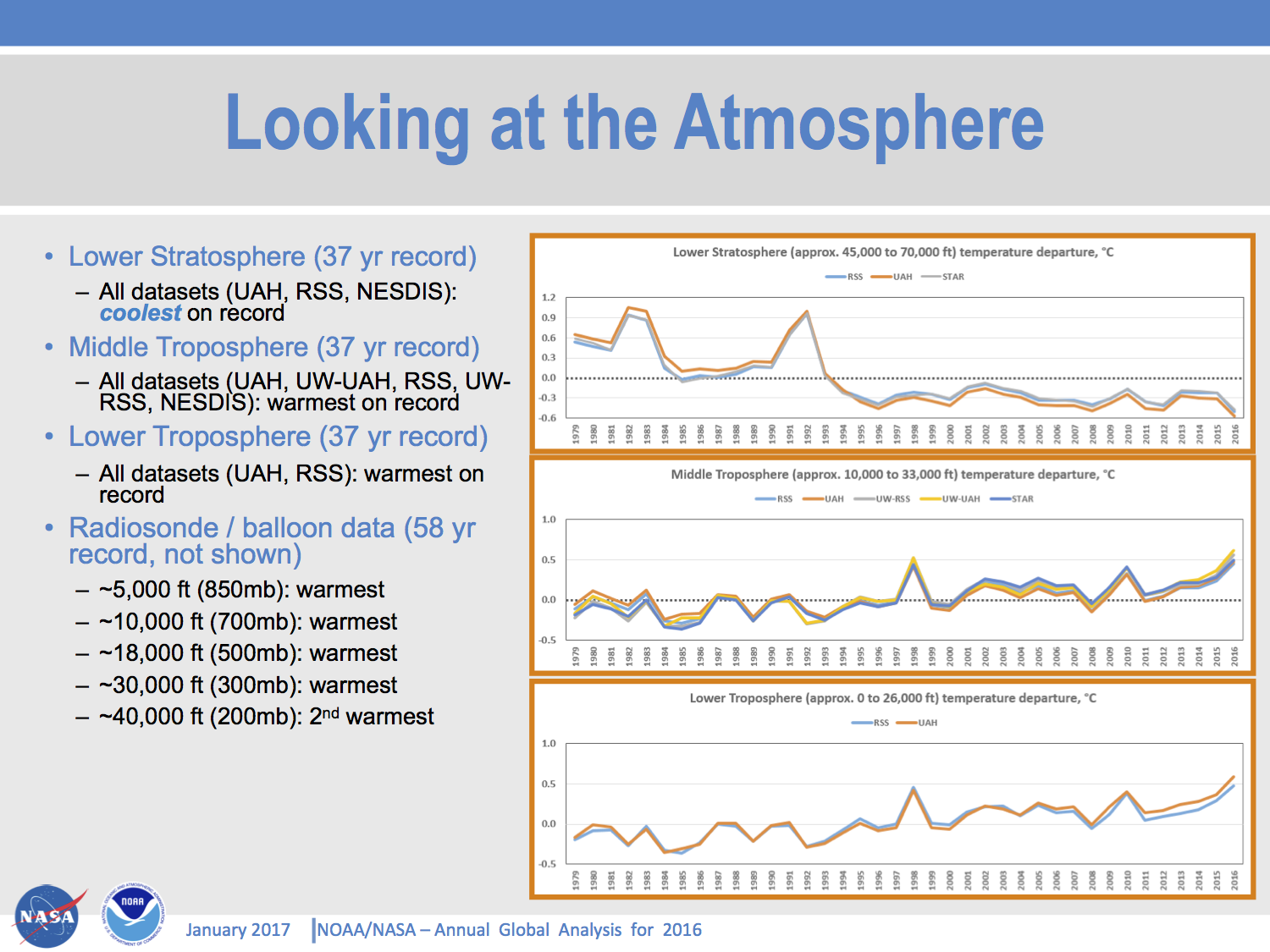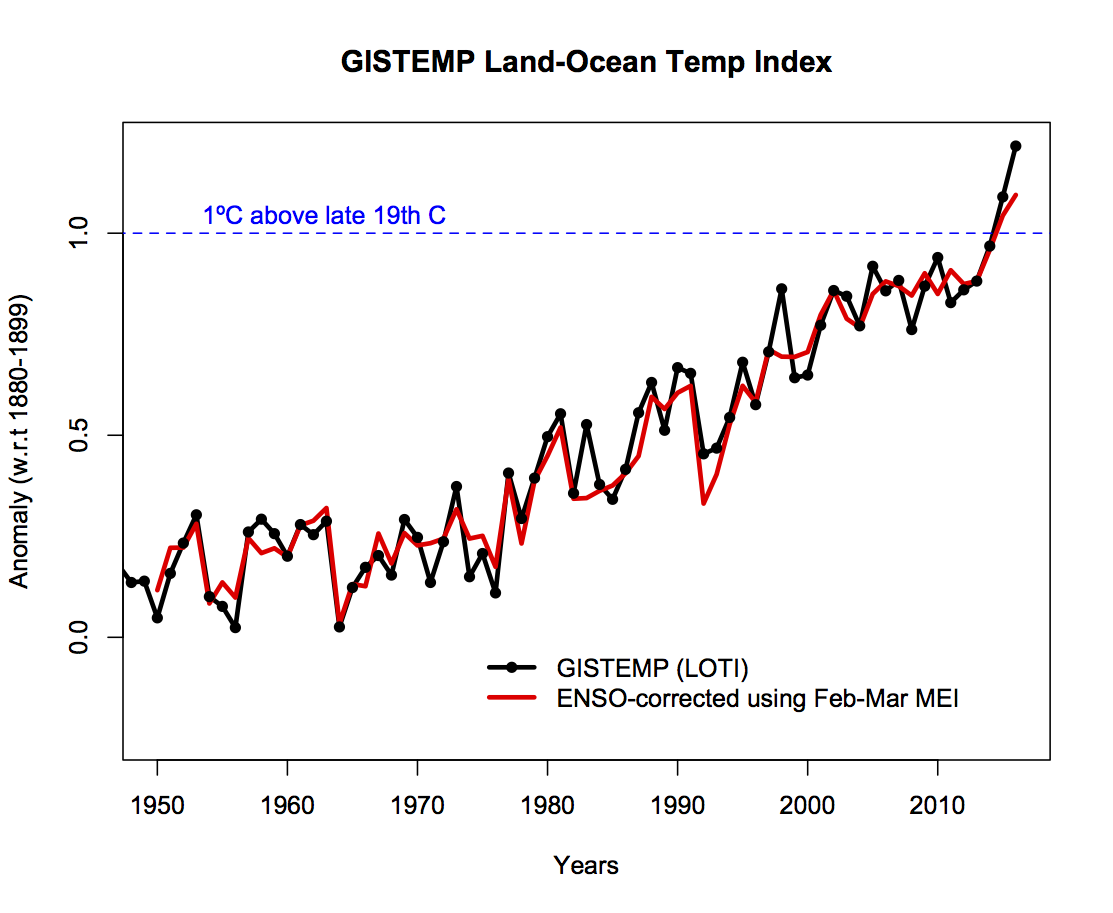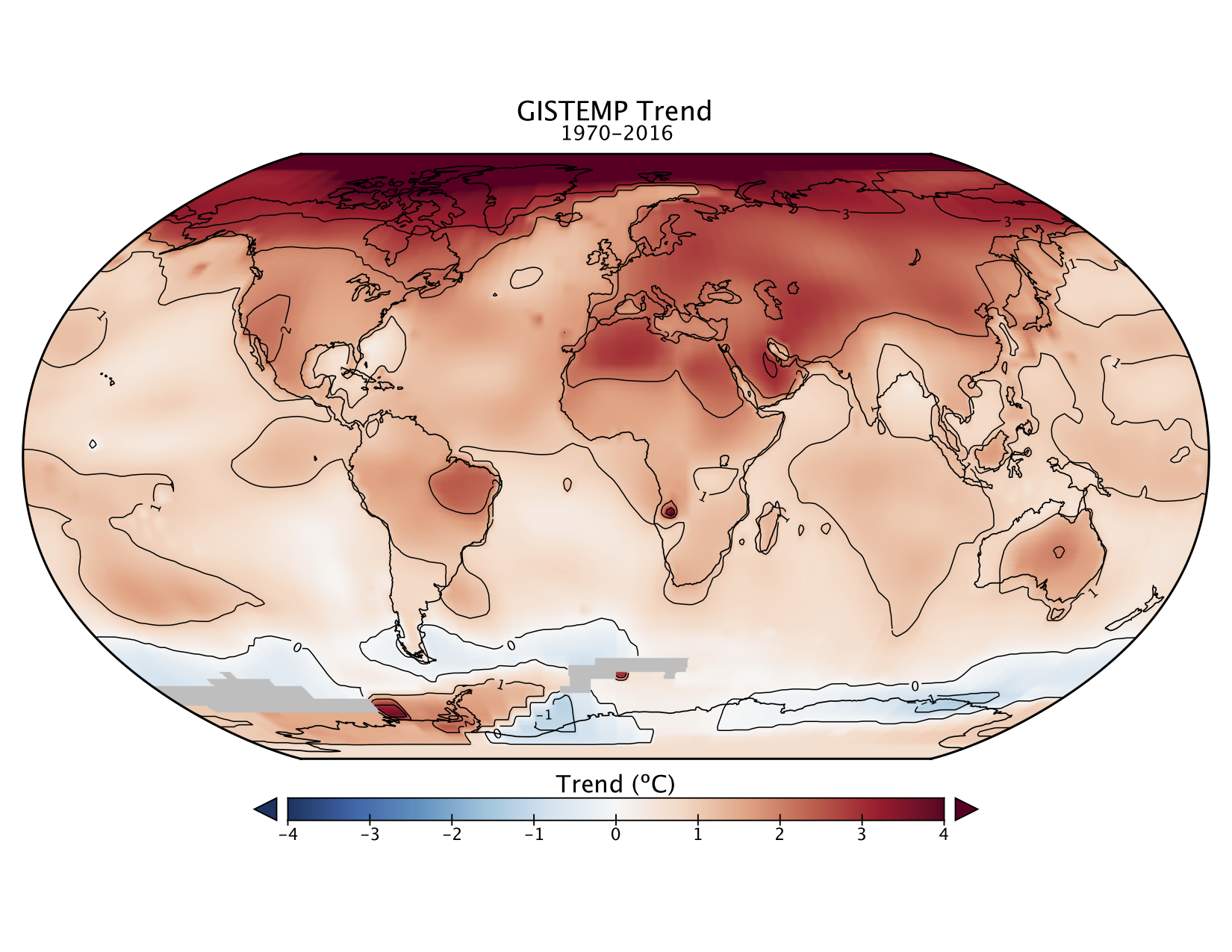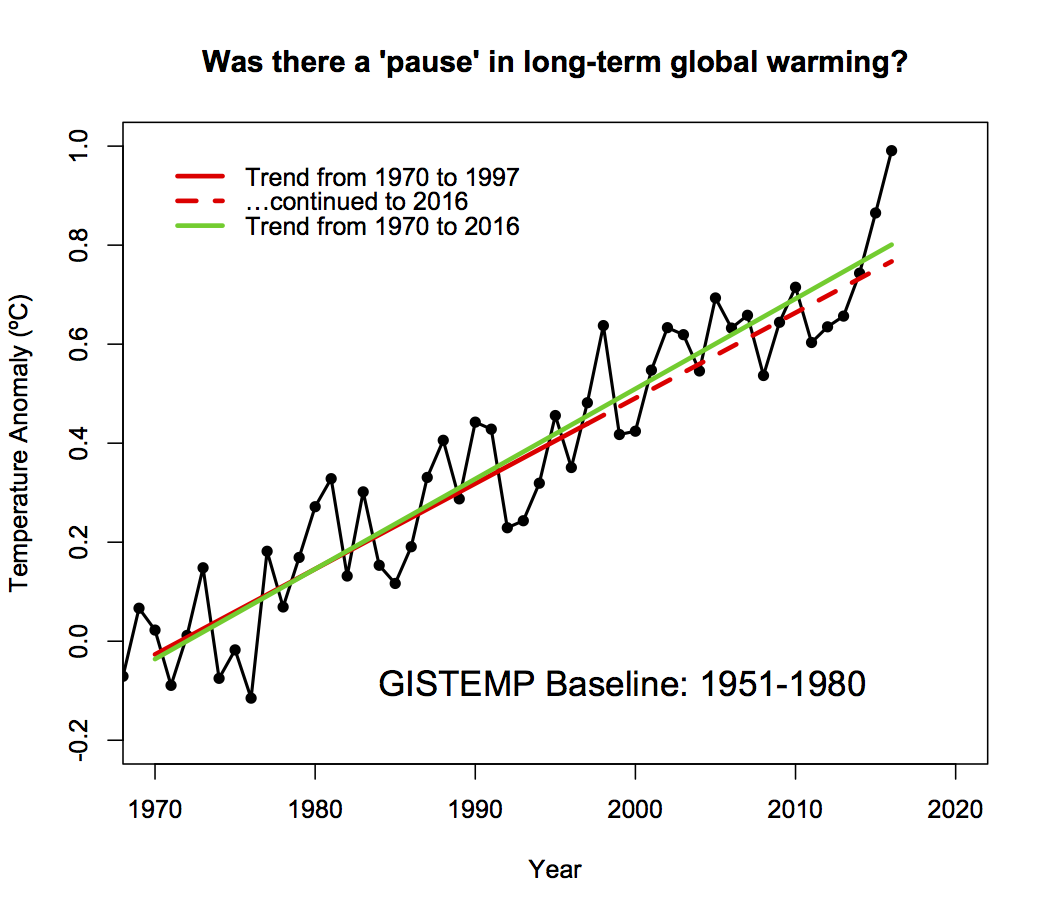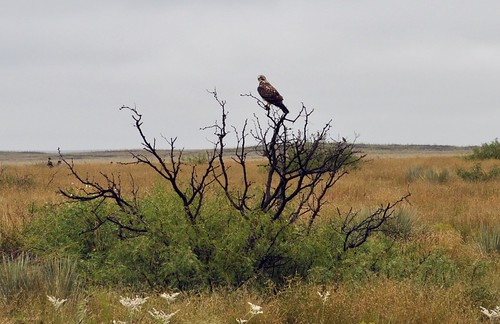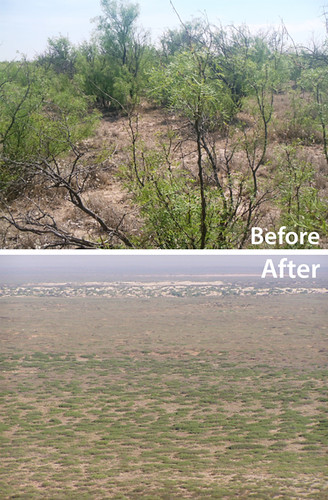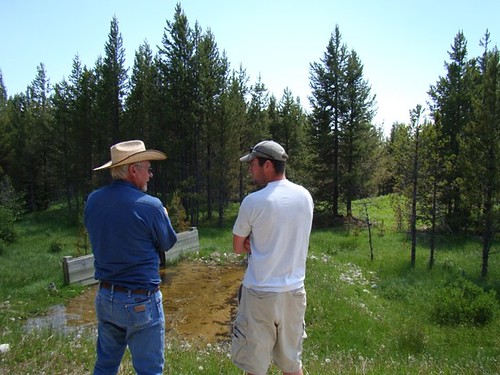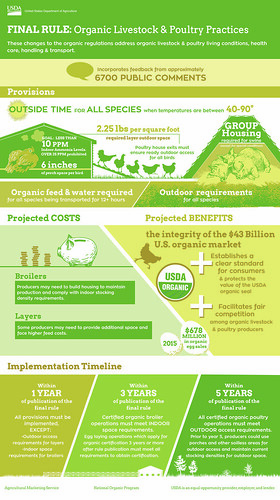padding-left: px !important;
padding-right: px !important;
}
By Suah Cheong, American Forests

Snoqualmie Falls in Snoqualmie, Wash. Credit: Suah Cheong.
One of the first things I tell people about myself is that I’ve lived in six different cities and 12 different homes. Every couple of years, my dad’s job took us to a new place. I had to make new friends, learn new languages, adjust to new maps and adopt new cultures. So, while most feel safe and comfortable at home, I’ve grown to love being a fish out of water.
Still, I inevitably got homesick. It first struck me at age five when my family made the long trip from Seoul, South Korea to San Jose, Calif. I couldn’t speak English. The kids at school looked down on me because I couldn’t communicate with them. My favorite playgrounds were an entire ocean away. And, most importantly at the time, my favorite Korean candies were nowhere to be found.
Every time I went somewhere new, even if only for a few months, I longed for the old. But eventually, I had lived in so many different places that I wasn’t sure which one to call home. This is when I realized that just one thing had remained constant in my life — nature.
Whether I was reading under the giant redwood tree that lived in my Californian backyard, swimming in the lakes of Austin, Texas, hiking along the Blue Ridge Mountains in Boone, N.C., or playing in the snow at Snoqualmie Pass, Wash., crisp air surrounded me. I find it so amazing that each place has unique ecosystems that fuel and protect its human populations. I have always been comforted by the knowledge that nature will follow me wherever I go.
However, we face a different reality today. Climates are changing; temperatures are rising. We’re polluting our air and cutting down our trees, consequently leaving ourselves without the clean air we need to survive. I realized how critical this issue was when I watched lakes I loved become craters and forests I’d visited get chopped down.
Saying that we should care more about the environment is a gross understatement. It’s not that we should do more — it’s that we must. It’s our responsibility as humans to give back to nature what it has endlessly provided us, especially considering the severe damage we have done to the environment.
I am double-majoring in Communication Studies and Political Science at American University. There are many changes I’d like to make with the knowledge and skills I’m gaining there; this is certainly one of them. I look forward to using my opportunity at American Forests to communicate the importance of forests and environmental conservation.
The post Why I’m Here: Protecting My Home appeared first on American Forests.







 Jia Haixia and Jia Wenqi have been friends since they were schoolboys together, growing up in the village Yeli, in China’s Heibei province. Their fathers were best friends, too.(1) Wenqi lost both of his arms at the age of three when he touched a power cable, growing up with his disability and doing his best to lead an ordinary life.
Jia Haixia and Jia Wenqi have been friends since they were schoolboys together, growing up in the village Yeli, in China’s Heibei province. Their fathers were best friends, too.(1) Wenqi lost both of his arms at the age of three when he touched a power cable, growing up with his disability and doing his best to lead an ordinary life.
